REFLECTIONS
Blog / All
A journal of practices, essays, and art exploring what happens when perception shifts.
All | Field Notes | Annotations | Essays | Art & Design
A Lutheran pastor’s note reopened a family thread—and a question: where does Teilhard de Chardin’s planetary mind meet a secular, eyes-open practice? This annotation maps his noosphere and “union that differentiates” onto We The Dreamer’s co-dreaming stance, translating altar-of-the-everyday into drills you can test in real rooms.
Discovery begins with a shift in perception — someone willing to see differently what others take as real. From Galileo turning his lens outward to Descartes turning it inward, to scientists now asking whether mind itself is the field where everything appears — every breakthrough starts the same way: by testing a new way of seeing.
Movements begin with a commitment. The Dreamer’s Pledge is not a doctrine but a prototype — a sketch of how secular awakening could be tested in daily life. Instead of dogma, it offers variables like presence and generosity as living experiments, inviting collective participation rather than private pursuit.
Could technology support awakening? From AI prompts to AR mirrors to VR lucid-dreams, tools might rehearse perception as interface, not fact. Yet technology remains scaffolding. The real experiment is always perception itself.
From Buddhism to Advaita Vedānta, Christian mysticism to A Course in Miracles, seekers have long compared awakening to waking from a dream. This Journal Annotation revisits those echoes, reminding us that innocence and lucidity were named long ago — and remain ours to test in the experiment of We The Dreamer.
What if awakening isn’t mystical but a shift in perception anyone can test? In a fractured, always-on world, We The Dreamer offers a secular experiment: simple practices, shared notes, no dogma. Don’t believe—test. Try one practice, notice what shifts, and see if awakening belongs in daily life.
Why does matter give rise to experience at all? The Dreamer Project treats this question less as puzzle to solve than as scaffolding for inquiry. What changes if we live as if consciousness is first?
Is awakening personal or collective? One consciousness or many? Free will or only the choice to remember we are Dreamer? This annotation frames the Dreamer Report as a studio of questions, where each log is not a conclusion but a vantage point to test together.
Perception is not decoration — it is the practice itself. Traditions from Vedānta to Zen teach that awakening begins with vision: from world as cause to mind as cause, from separation to interlinked selfhood. This annotation explores why perception-shifts matter most in a consciousness-first experiment.
Stoicism trains resilience; Idealism proposes that reality is mind-made. Together, they form a creative scaffold: Stoic Idealism. This annotation explores how the posture of virtue and the hypothesis of consciousness-first reality can be combined as a testable experiment, not a doctrine.
This blog post delves into the origins of 'Design for Nothing,' a practice that integrates elements of Advaita Vedanta, Zen Buddhism, Taoism, and 'A Course in Miracles' to loosen ego’s grip and glimpse the possibility of a shared field of mind. Discover the story behind the choice of the term "design" and how it shapes the philosophy. Learn how to create an inner space for 'nothing' and experience profound shifts in perception.
This blog post explores the analogy of the world as a complex virtual game designed to make us experience separation from our true Self. It examines nondual philosophies such as Advaita Vedanta, Taoism, Buddhism, and 'A Course In Miracles' (ACIM), traditions which suggest the world may be less fixed than it appears. The post discusses the importance of spiritual relationships and collective awakening, using meditation and self-inquiry to transcend the illusion of separation and realize our true nature as an indivisible consciousness.
This blog post by Martin Lenclos delves into nondual philosophy and its impact on understanding reality and the self. Drawing from texts like the "Yoga Vasistha" and teachings of Advaita Vedanta, it explores how meditation and visualization practices can help testing whether the sense of separation loosens. Lenclos also discusses the intersection of ancient philosophies and modern consciousness studies, emphasizing the concept of the One Mind and the practice of "Design for Nothing" to achieve a state of peaceful awareness.
‘Piece of Mind’ is not just a mantra but a gateway to seeing the world and ourselves as part of an interconnected whole. Inspired by the latest in consciousness studies and rooted in ancient spiritual traditions, it encourages a transformative journey from perceived separation to intrinsic wholeness. This practice influences not just personal well-being and creative expression, but also reshapes our interactions with others and our approach to the challenges of modern life. Join me as we delve deeper into integrating this subtle yet surprising understanding into daily living, fostering a sense of peace and unity that extends beyond the self.
L'Enclos is not just a creative practice; it's a journey toward spiritual liberation through design. Drawing inspiration from nondual thought and Eastern philosophy, each project encapsulates a unified aesthetic aimed at complementing and reflecting one's aspirations. Dive into a portfolio where every creation is a tool for introspection, challenging norms, and fostering mindfulness. From transcendent product designs to experiential spaces, L'Enclos ventures into the realm of conceptual healing objects and monastic interior styling. Join us in redefining reality through minimalist design and profound personal narratives.
Step into the serene sanctuary of a New York City apartment transformed into a tranquil oasis. Join the journey as the space undergoes a profound redesign, guided by minimalist principles and a desire for escape from the urban hustle. Discover the transformative power of thoughtful design choices, from soundproofing to monochromatic palettes, and how they cultivate a sense of inner peace and reflection in the heart of the bustling metropolis.
Delve into the depths of unity and tranquility with the 'Piece of Mind' mantra, a subtle play on words that guides seekers towards inner peace. Explore how this mantra, rooted in Eastern wisdom and modern science, fosters a shift from separation to oneness, offering solace amidst life's complexities.
In the pursuit of meaning, explore the profound simplicity of the 'Design for Nothing' approach, blending ancient wisdom with modern insights. Discover how this philosophy reshapes design practice, emphasizing presence and interconnectedness.
Discovering another way of seeing ourselves amid the chaos of contemporary life is challenging. Spiritual practitioners can use the sentence 'Piece of Mind'. By extending 'Piece of Mind' to all aspects - objects, individuals, and fleeting thoughts - we can dismiss preconceived notions, cultivate forgiveness, and start to see our thoughts and the world with a transformative perspective. 'Piece of Mind' is a compass, charting a path through the labyrinth of today's distractions toward daily serenity.
At the intersection of art, design, and spirituality, an exploration on cultivating a deeper understanding of the present moment. The article draws from various spiritual philosophies such as Advaita Vedanta, Tao Te Ching, and A Course in Miracles to emphasize the importance of letting go of attachment and embracing the Now in Life. Ultimately, it is research into the nature of the present moment to sense a wider field of awareness available in each moment.
This post explores spiritual justice in nondualistic philosophy through creative exploration. We share how we use art to confront traumatic events and the concept of justice. We discuss how recognizing interconnectedness can lead to a deeper understanding of justice and suggest terms like spiritual justice, universal justice, and natural law.
While many people may view spirituality as a serious and solemn pursuit, the truth is that laughter and playfulness can be powerful tools to expose the absurdity of ego's illusions, speak directly to the unconscious mind, and facilitate a deeper connection with the divine. From Jesus' use of hyperbole and puns in the Bible to the insights of nondualistic philosophies, the role of humor in spirituality.



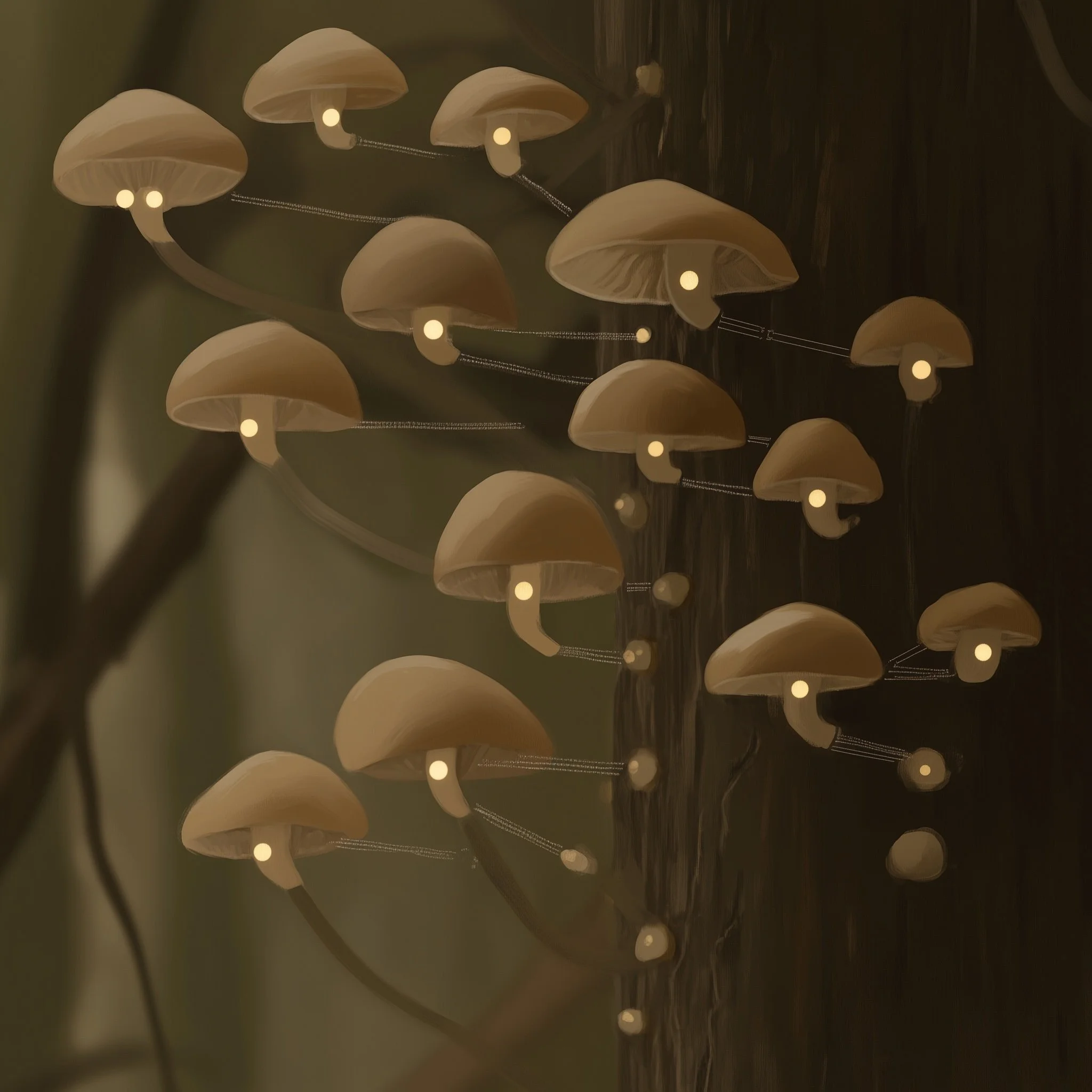
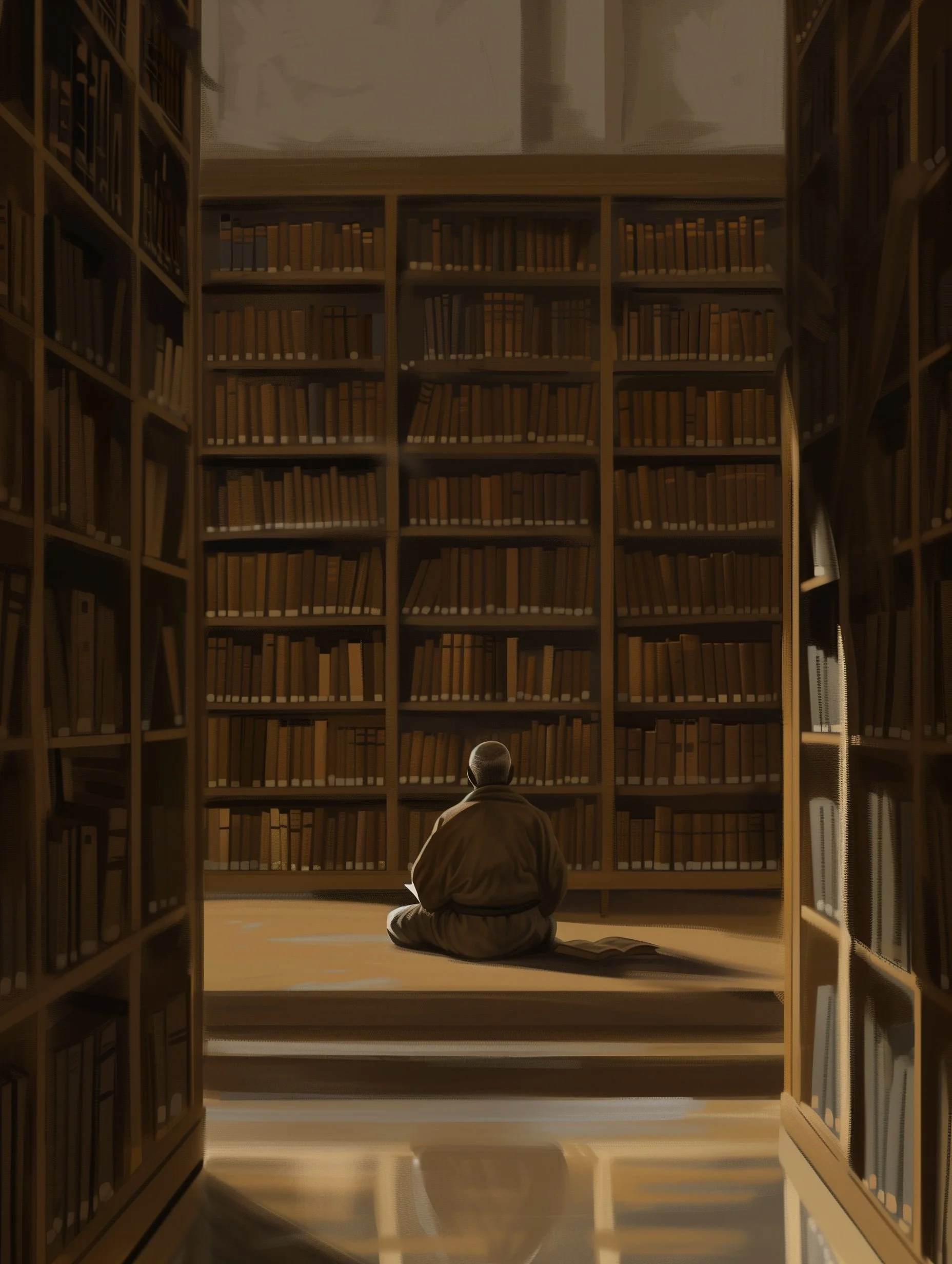
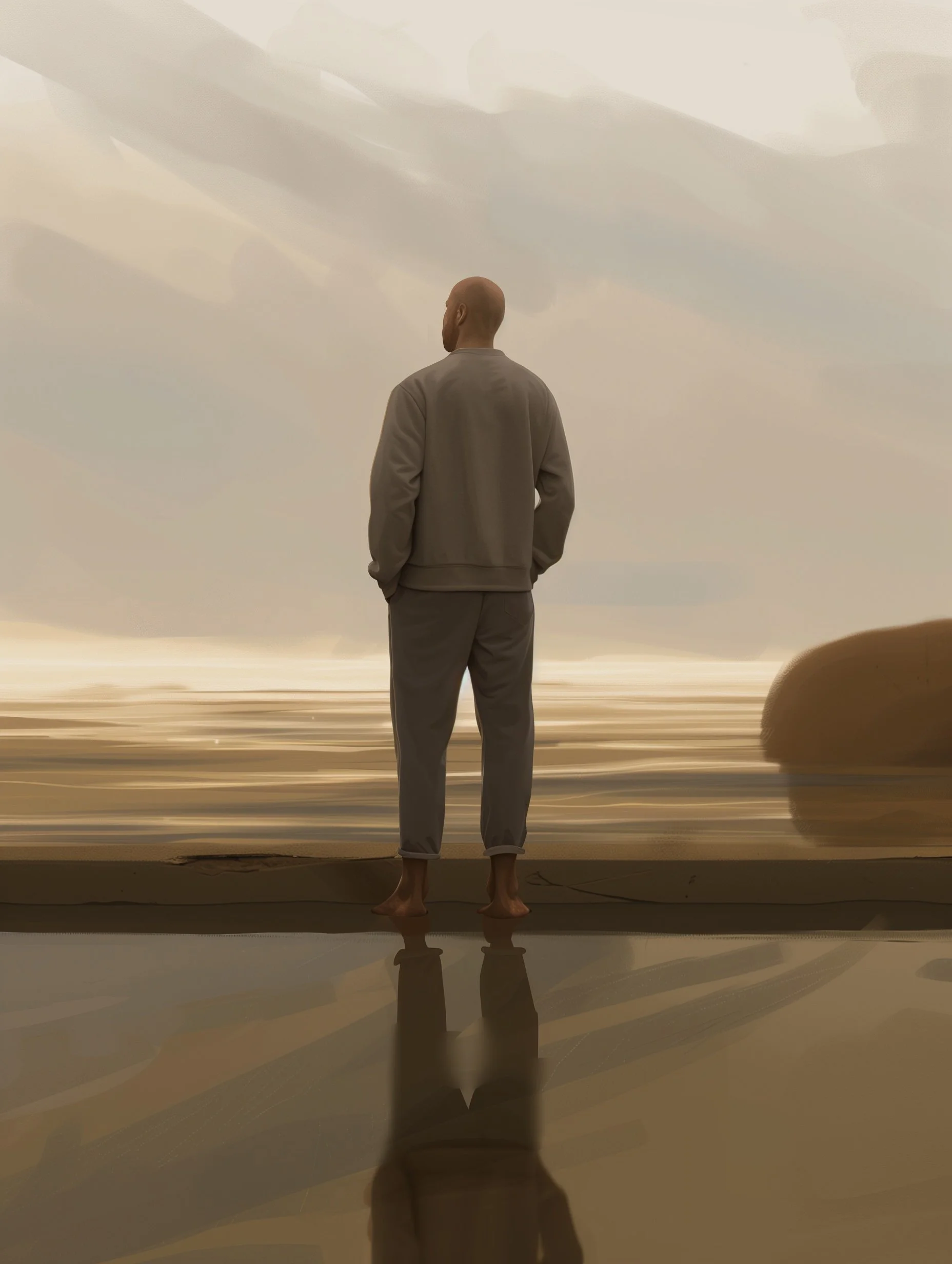
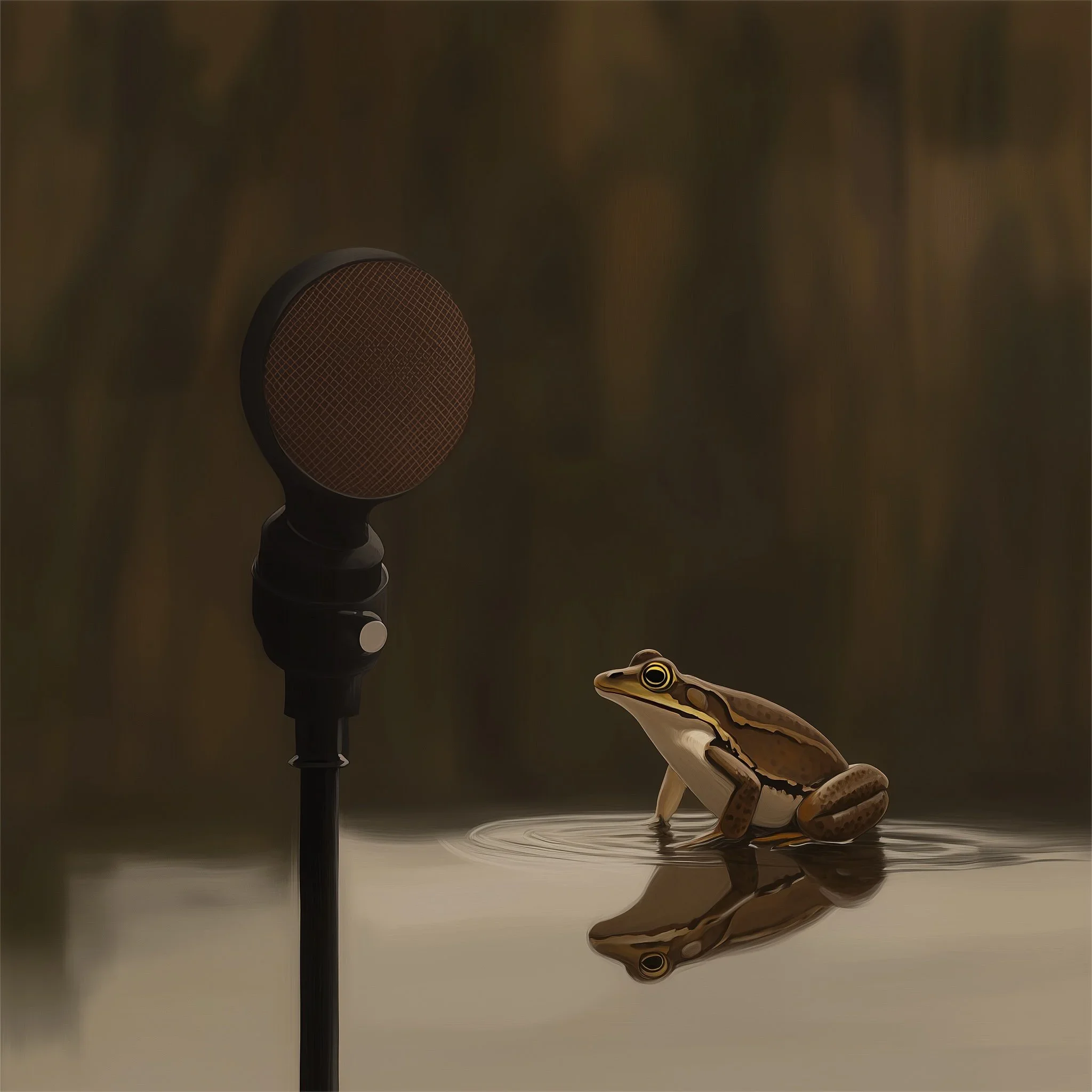


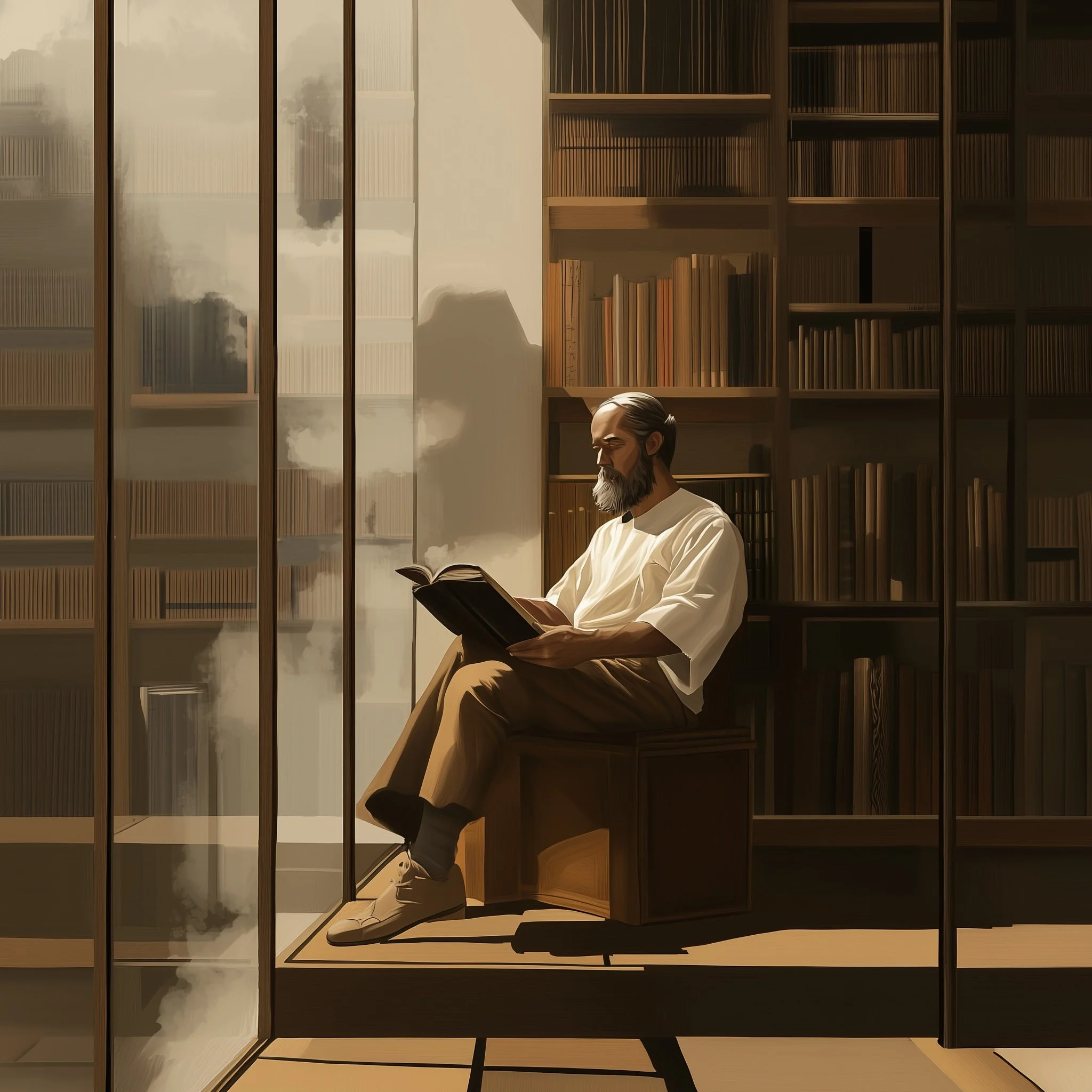
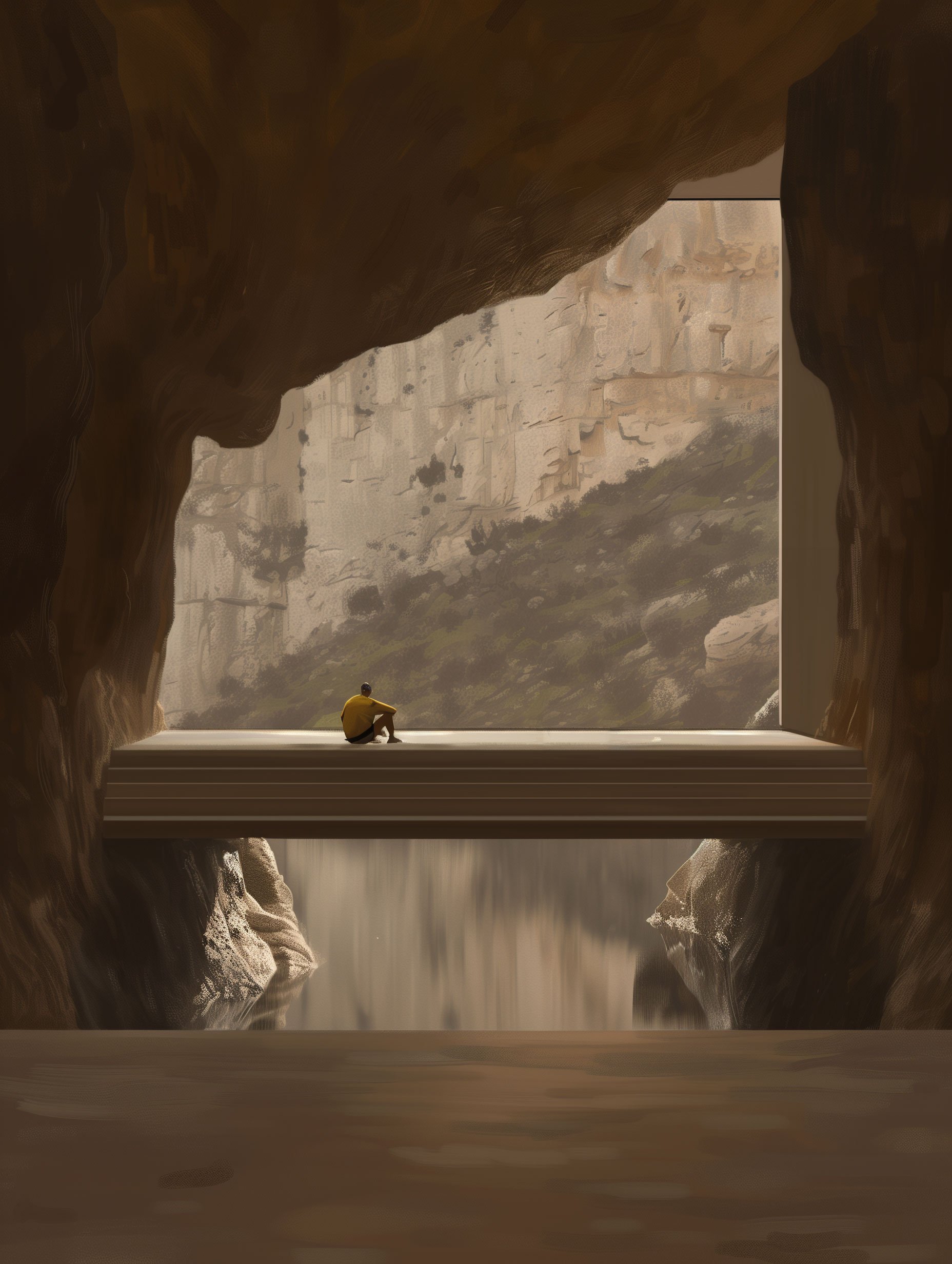
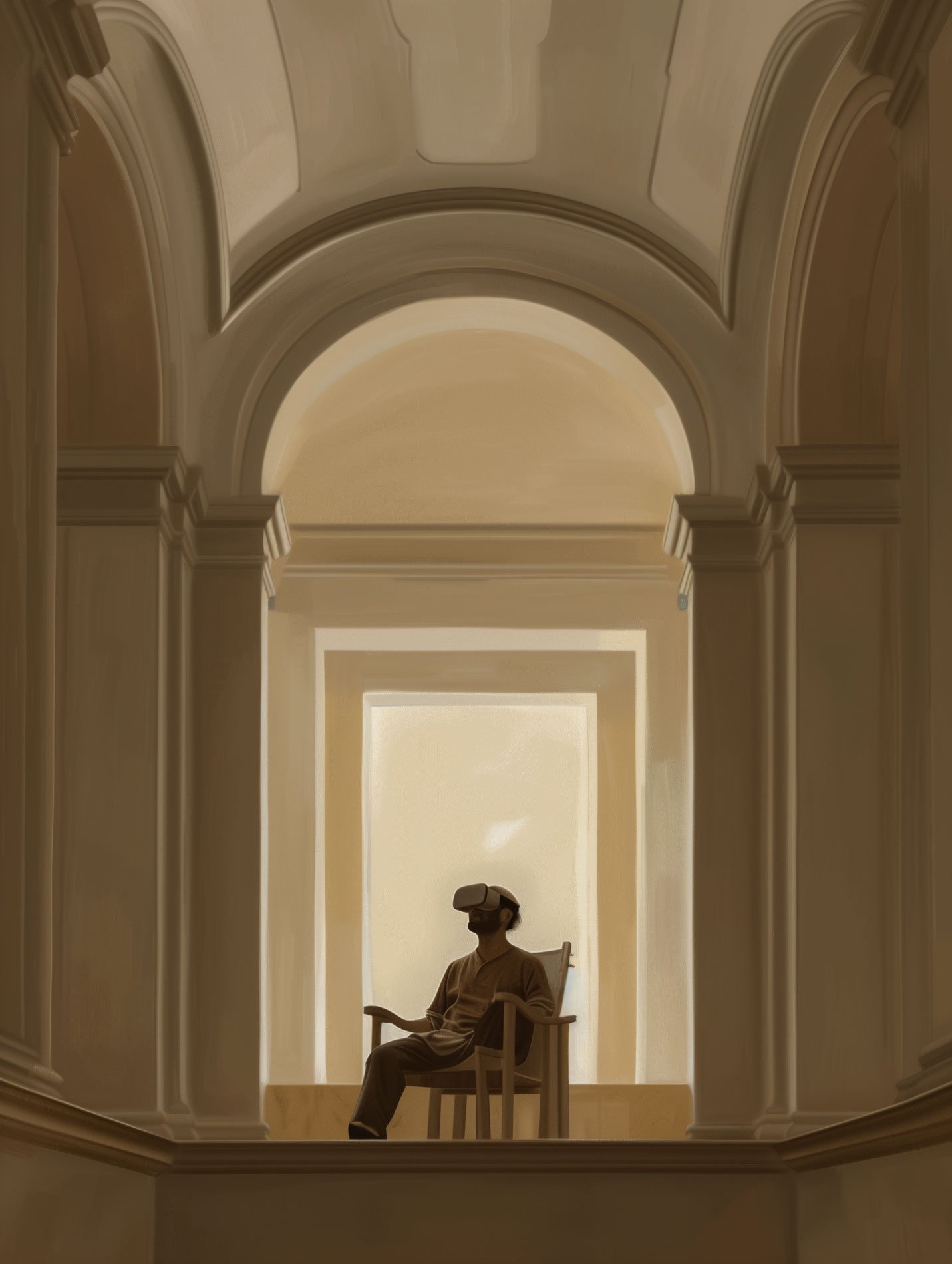
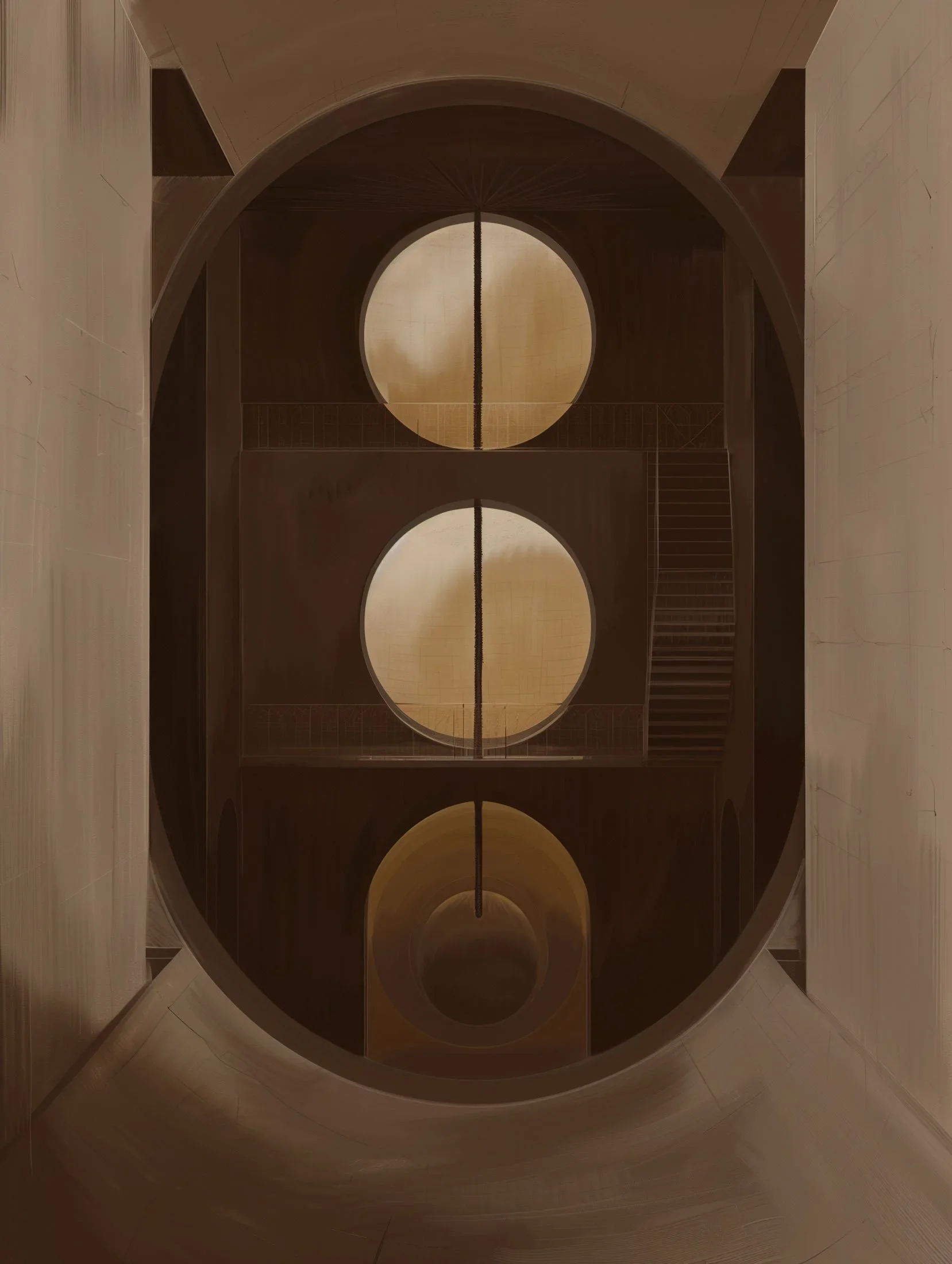
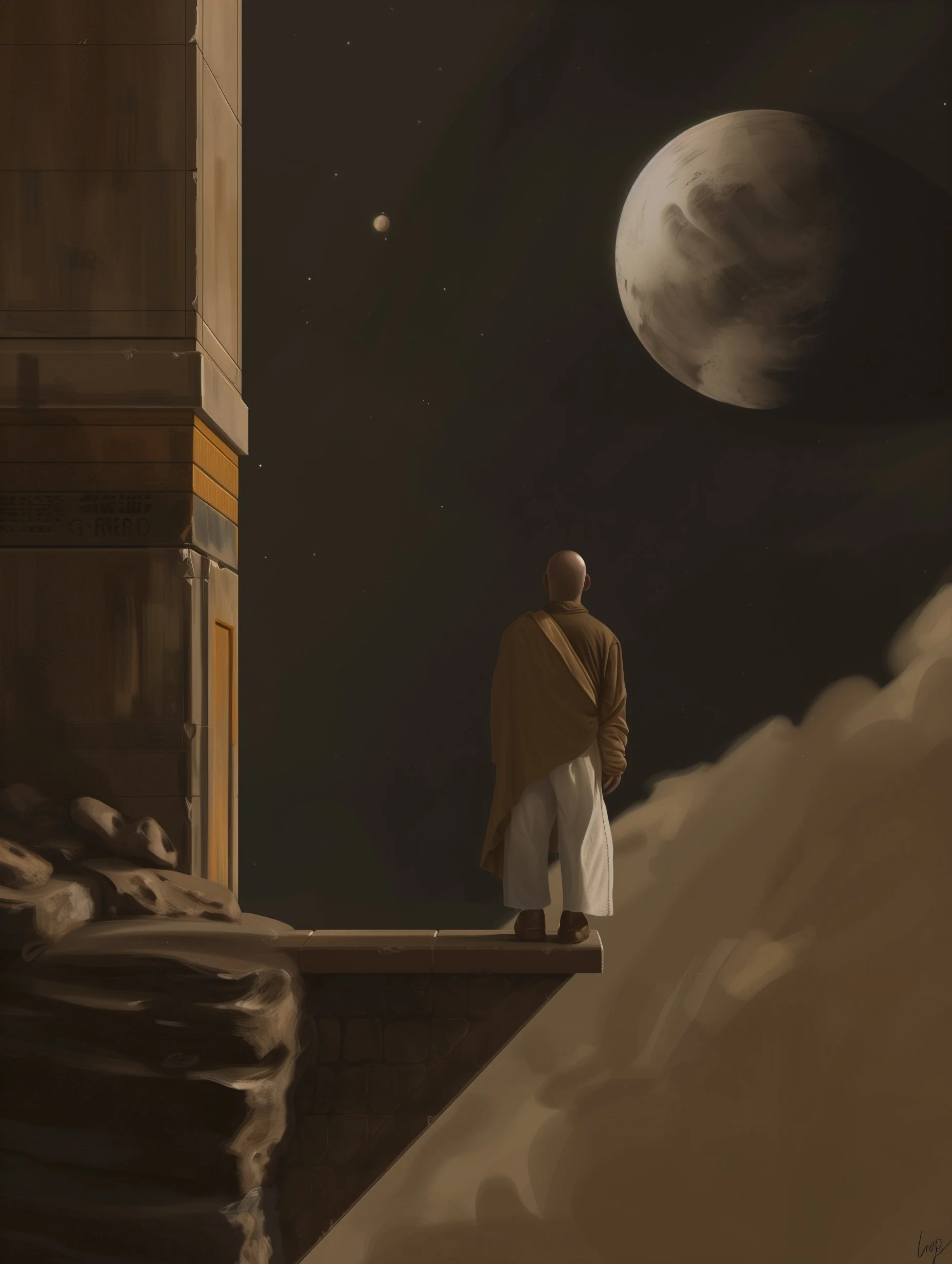
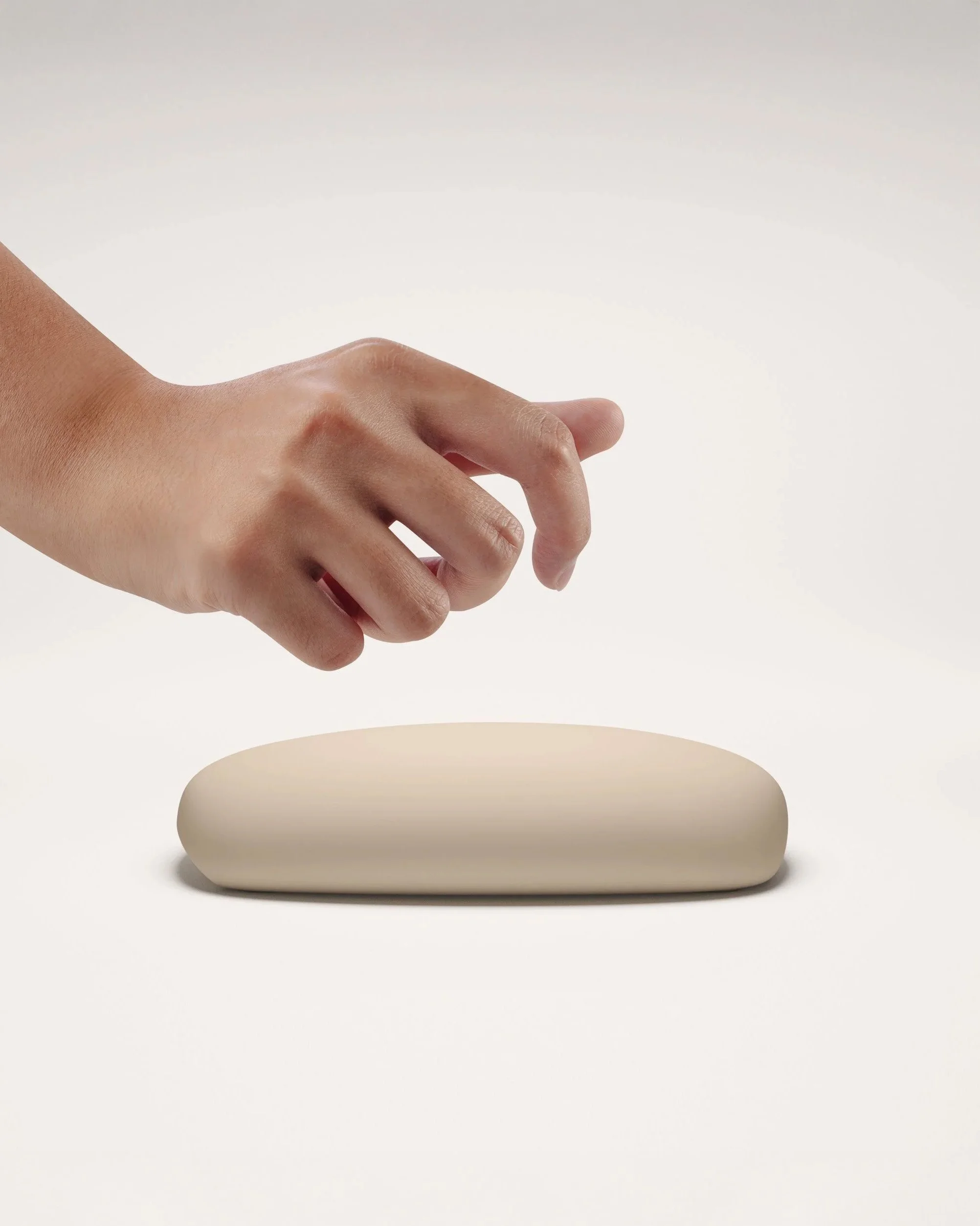

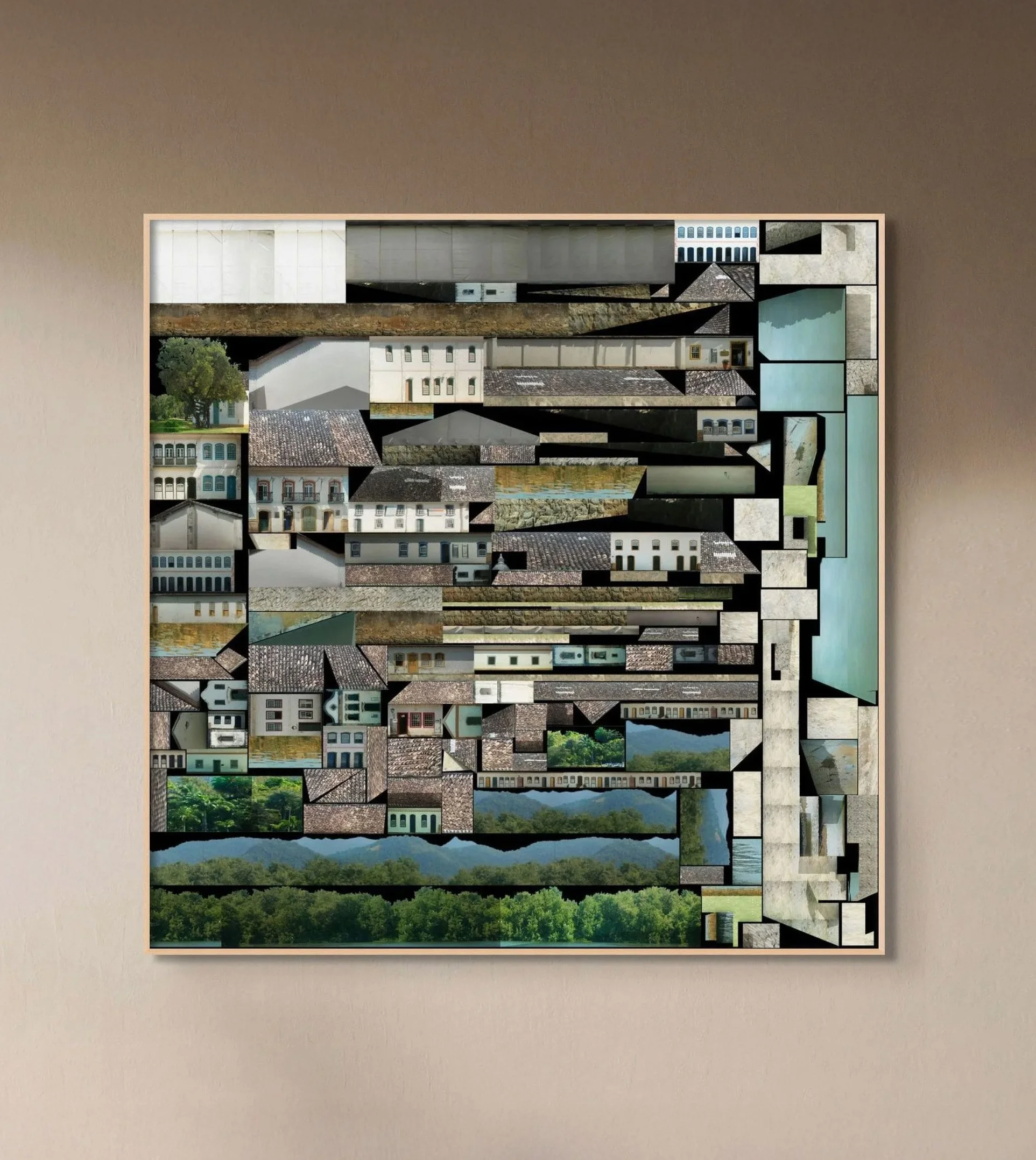
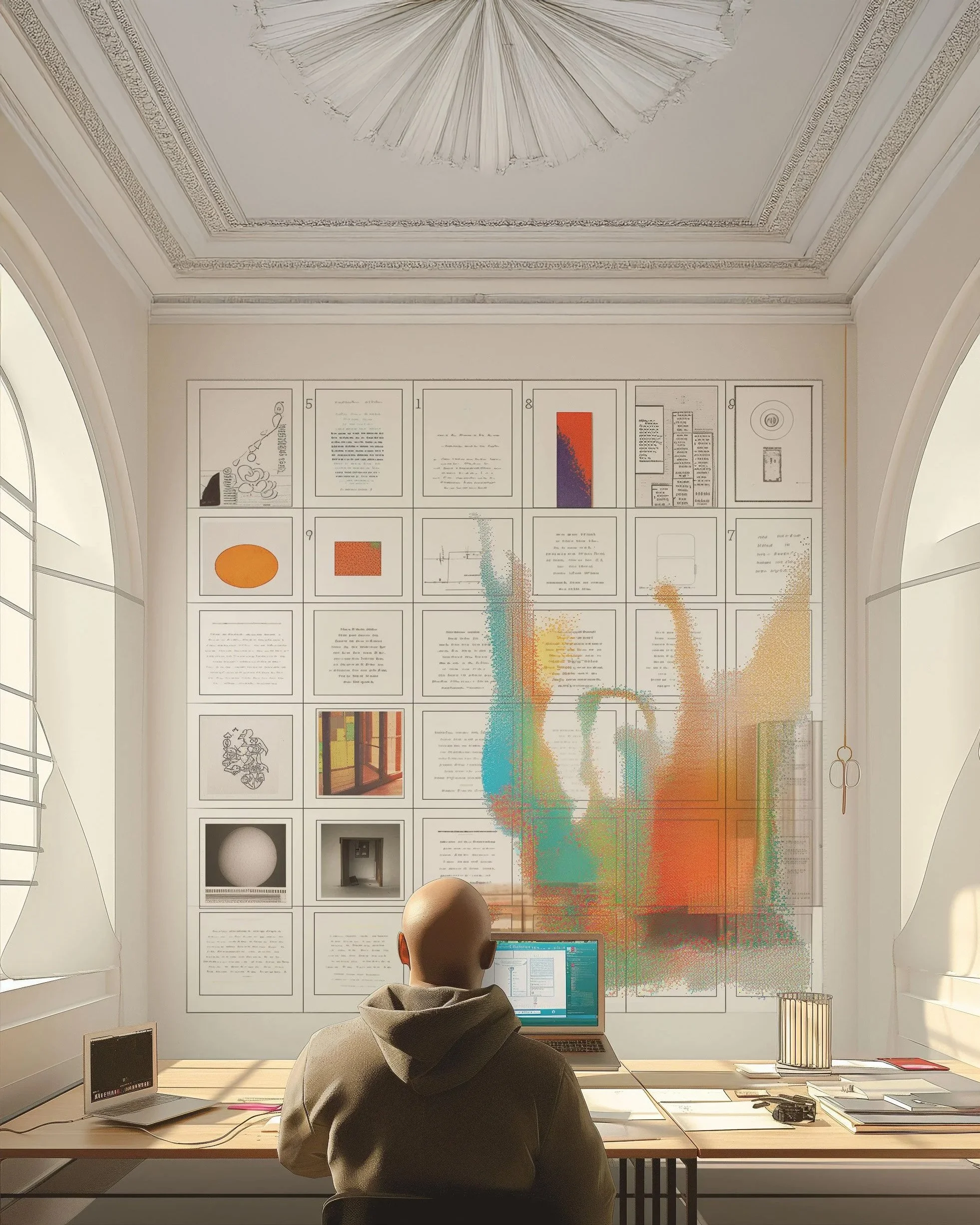
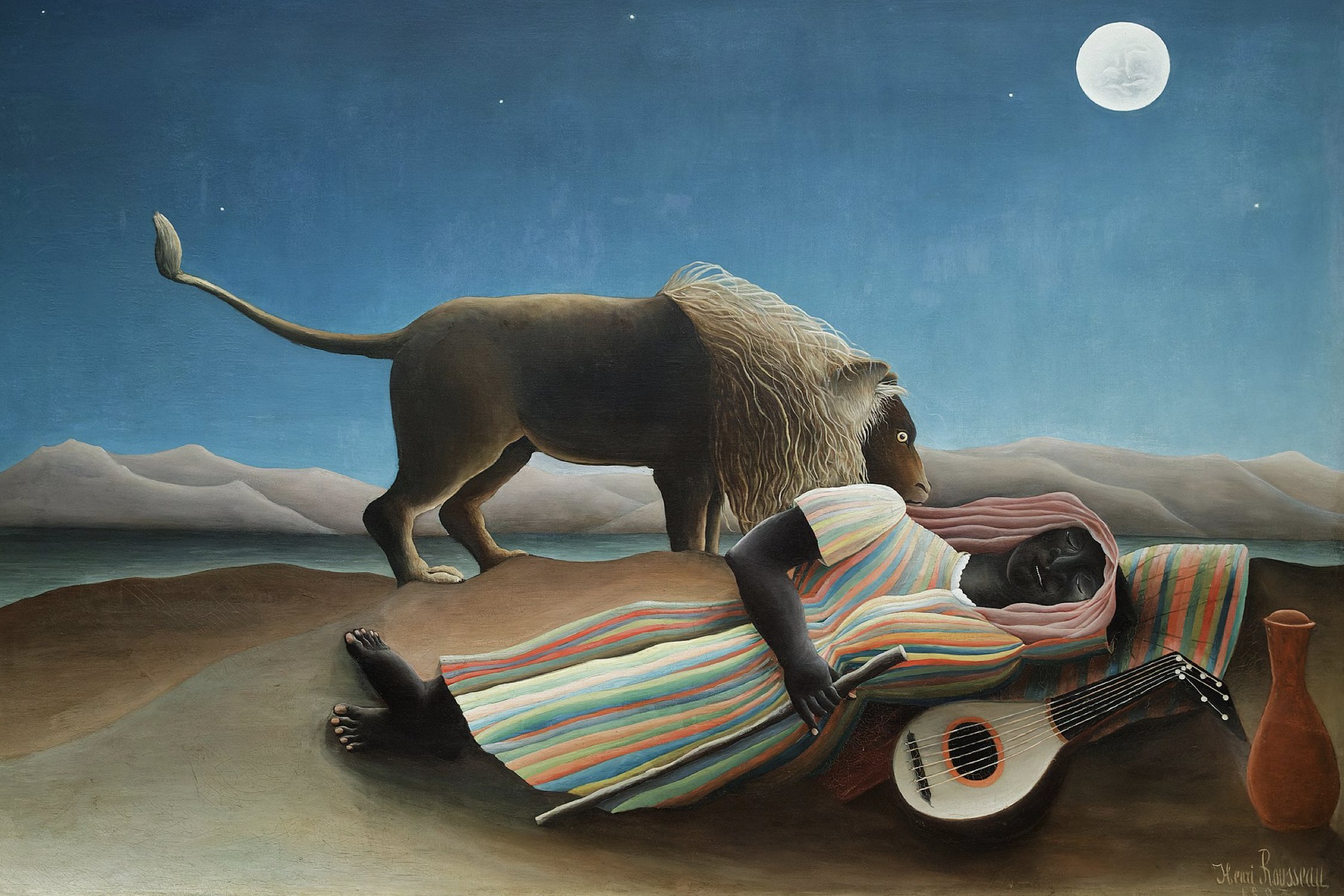

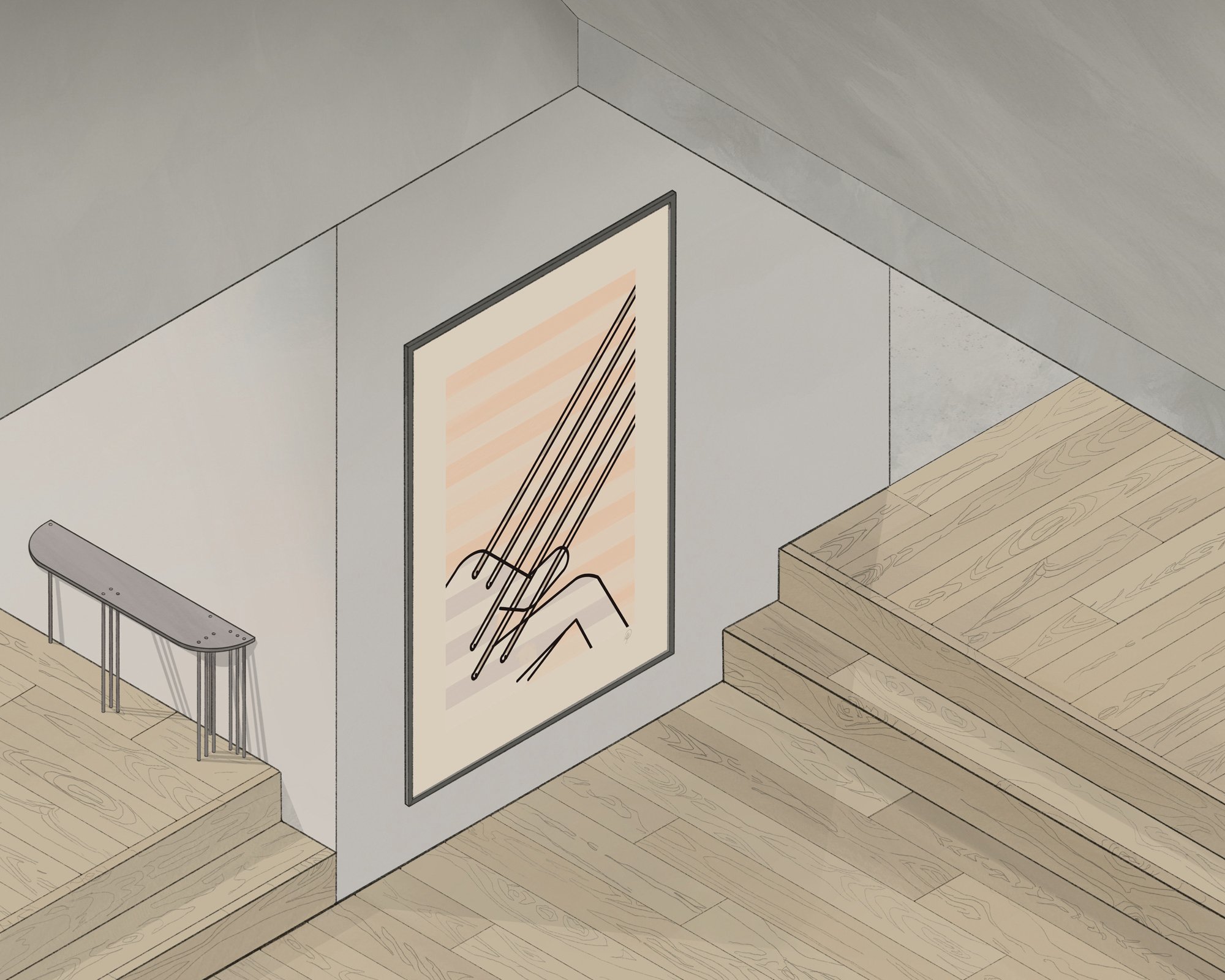

I haven’t left art—I moved the studio into perception. Through We The Dreamer, I’m running mind-first field tests that treat daily life as the lab and attention as the medium. If the stance shifts, does the scene change? This is personal and provisional; when it ripens, objects—art, even technology—will follow.